This blog looks at how to register, what documents you need to submit and key dates to be aware of.
If you want a guide on self-employed business tax you can find it here.
Do you need to submit a Self Assessment?
Not everyone needs to submit a Self Assessment form. But, according to MoneyHelper, you do need to if you’re self-employed and:
Your income from any self-employed work was more than £1,000
You rent out a property that makes you an income of more than £2,500. If it’s between £1,000 and £2,500 then you need to contact HMRC
You earn more than £2,500 in tips or commission
You’re a director of a company. This doesn’t count if it’s for a non-profit like a charity
Being self-employed isn’t the only time you’d submit a Self Assessment tax return. Other instances where you would include:
Any income from savings or investments that’s £10,000 or more before tax
If you need to pay Capital Gains Tax
If you’re claiming Child Benefit and you and your partner’s income is over £50,000
If you have any income from overseas or if you live overseas and have an income in the UK
If your taxable income was over £100,000
HMRC’s website has a full list explaining who needs to submit a Self Assessment.
Is it different for sole traders and limited companies?
Yes, it is. The filing for sole traders is straightforward. Each year, your Self Assessment is due by 31 January following the end of the tax year.
The filing for limited companies involves a little more work. You need to:
File full accounts and a Corporation Tax Return with HMRC with is due 12 month after the accounting period
File a subset of the full accounts with Companies House which is due nine months after the end of the accounting period
If you are the director or an employee of a limited company, you will also need to submit a Self Assessment tax return as an individual.
What are the Self Assessment deadlines?
Income tax returns (for sole traders, or directors of limited companies) are submitted according to the tax year (6 April to the following year’s 5 April) and you submit your return the year after the tax year has ended. For example, for the 2022/23 tax year, you'll submit your return by 31 January 2024.
Here are the key dates for a tax year:
5 October – register for Self Assessment if this is your first time submitting
31 October – the deadline if you are filing a paper tax return
31 January (the following year) – the deadline if you’re filing your return online
31 January (the following year) – you need to pay the final balance of the income taxes you owe. If you pay by payment on account you will already have made payments towards your balance in January and July
There are penalties for missing the payment and submission deadlines. HMRC will charge you a percentage of the tax you owe as interest for any late payments.
How to register for a Self Assessment
If you’re registering for the first time, you’ll need to set up a Government Gateway account.
Once you’ve registered, you’ll be sent your Unique Taxpayer Reference (UTR) number. This normally takes 10 days to arrive by post (or 21 days if you’re overseas).
Once you’ve signed up, you don’t need to register again. Make sure to keep your login details safe because you’ll need them to access your account.
If you've registered before but can’t find your UTR, you can call the HMRC Self Assessment helpline.
Documents and information you need
There are a number of documents and pieces of information you need to submit your Self Assessment tax return. These are:
The ten-digit Unique Taxpayer Reference (UTR) you received when you registered for Self Assessment
Your Government Gateway ID and password
The activation code sent to you in the post after you registered – you’ll only need this for your first Self Assessment
Your National Insurance number
Details of income from your business including any invoices you have sent and the records of any expenses you can claim
Any contributions to charity or pensions that might be eligible for tax relief
Your P60 if you’ve already paid tax through another job. Your employer might also send you a P11D if you received any benefits on top of your salary
Details of any other taxable income including bank interest (you can get interest certificates from your bank), rental income, dividends received and pension income.
What income to declare
The figures for your Self Assessment will cover the tax year which runs from 6 April each year to the following 5 April. All income received – regardless of whether it was from your main business, side-hustle, freelance work, or other sources – during that period will need to be recorded on the Self Assessment return.
This also includes:
Any jobs you left during the tax year
Any interest on savings that is over £1,000
Dividends received over £2,000
Rental income less allowable costs and any capital gains made on disposable capital items like a second property
Any other income not recorded elsewhere
As a sole trader, if you have a turnover of less than £1,000 then you don’t need to tell HMRC. If you are self-employed with a turnover under £85,000 then you only need to record two figures on your Self Assessment – the total business income and the total business costs. There is a shortened version of the Self Assessment form specifically designed for this – the SA103S.
What forms to use
The key forms that you may need will be:
SA102 for recording wages and salaries
SA103 for your self employed income and costs
SA105 for any income from properties
SA108 for any capital gains
Other forms do exist and accounting software or an accountant would be able to guide you through which sections to complete based upon your personal circumstances.
According to MoneyHelper, you don’t need to file your Self Assessment all in one go. It’s better to start it early and save your progress to avoid any mistakes. If you’ve made a mistake after you’ve submitted, you can still make changes until the filing deadline the following year.
Blog updated 3 January 2024
Disclaimer: The content of this blog is based on our understanding of the topic at the time of publication and should not be taken as professional advice. Any of the information may be subject to change. You are responsible for complying with tax law and if in doubt, should seek independent advice.

